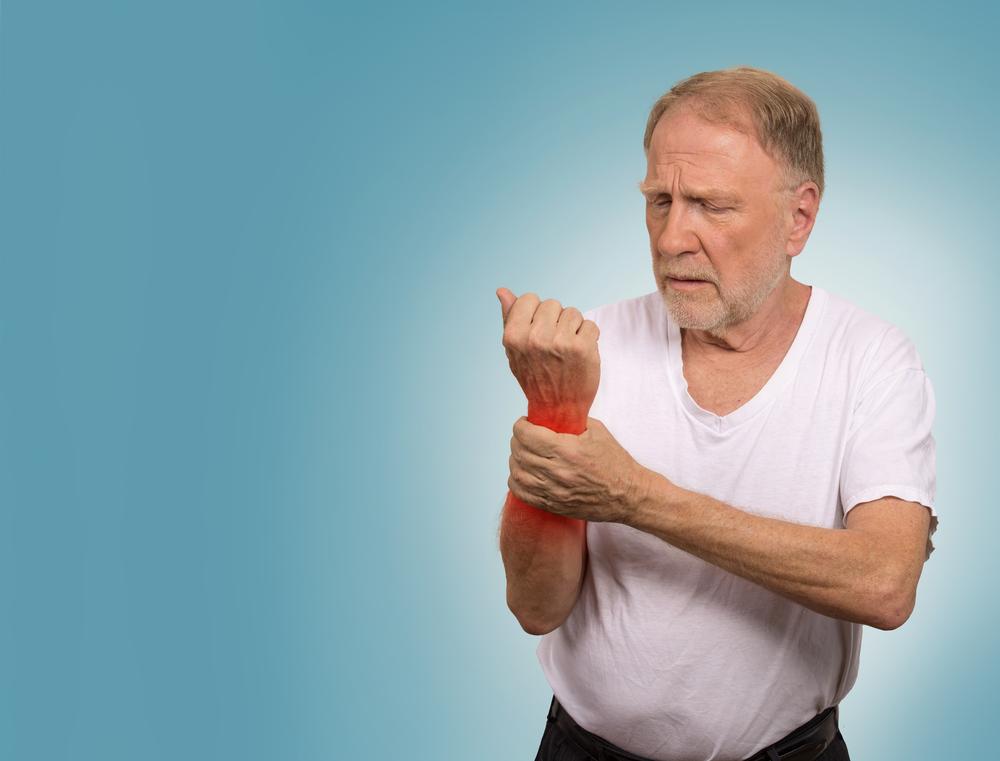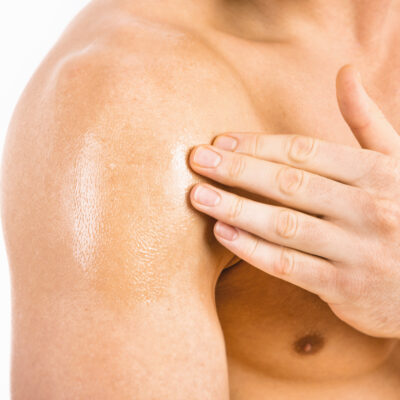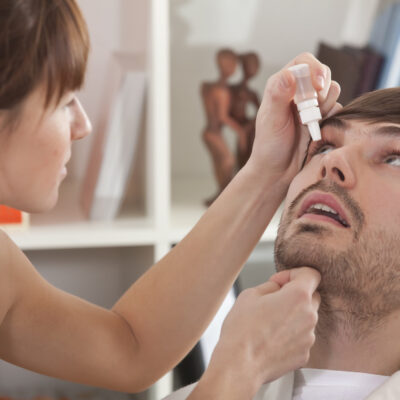
An overview of gout
Gout is a form of arthritis that affects mainly the toe and wrist joints, elbows, shoulders, knees, ankles, and hips, resulting in severe pain.
Types of gout
- Pseudogout
This condition is characterized by painful and inflamed joints, primarily affecting the joints of the elbows, wrists, knees, shoulders, and hips. The cause is the deposition of calcium pyrophosphate dihydrate crystals along the joints. - Tophaceous gout
This is a chronic condition where the patient has gout attacks or flare-ups, resulting in pain in and inflammation of the joints, along with the formation of nodules under the skin that are called tophi.
If a gout attack is severe with unrelenting pain and is accompanied by red, inflamed, and swollen joints, one should immediately consult a physician.
Causes
Uric acid buildup around the joint results in a needle-like sensation, causing intense pain. Uric acid is a by-product of the breaking down of purines from the food consumed. Sometimes, when there is more uric acid production due to ingestion of excessive purine-rich foods, or when the kidneys excrete very little uric acid, it leads to a buildup and accumulation of uric acid. Urate crystals are formed due to this, leading to inflammation and swelling of the joint and the surrounding tissues.
Symptoms of gout
- Severe joint pain
- Swelling
- Inflammation
- Limited range of motion of the joints
Risk factors
- Family history of gout.
- Following a diet rich in purines, with food like meat and seafood, along with alcoholic beverages and sodas.
- Drinks that are highly sweetened with fructose.
- Diuretics prescribed to treat high blood pressure may lead to increased uric acid levels.
- Obesity contributes to increased uric acid levels, wherein the kidneys slow down and are not able to flush the uric acid out of the body, and it leads to the deposition of urate crystals at the joints.
Diagnosis
- Blood tests to measure the uric acid levels in the blood.
- X-ray of the inflamed joint.
- Joint aspiration where the fluid around the joint is drawn and checked for urate crystals.
Treatment
- Nonsteroidal anti-inflammatory drugs or NSAIDs are drugs that act against inflammation and pain to a large extent. Some of the NSAIDs used are ibuprofen and naproxen.
- For some patients who cannot tolerate NSAIDs, allopurinol and colchicine are used.
- Also, a corticosteroid or cortisone injection relieves pain significantly for a period of several months in certain cases, and it is highly recommended for patients with severe gout.
Prevention
- Avoid foods rich in purines like seafood and meat.
- Avoid alcoholic beverages and sodas.
- Drinking plenty of fluids is recommended to facilitate the kidneys to flush out the uric acid and prevent it from being deposited at the joints.
- Maintain a healthy weight as obesity hampers the kidneys’ function to excrete uric acid, leading to the deposition of urate crystals around the joints, triggering a gout attack.


